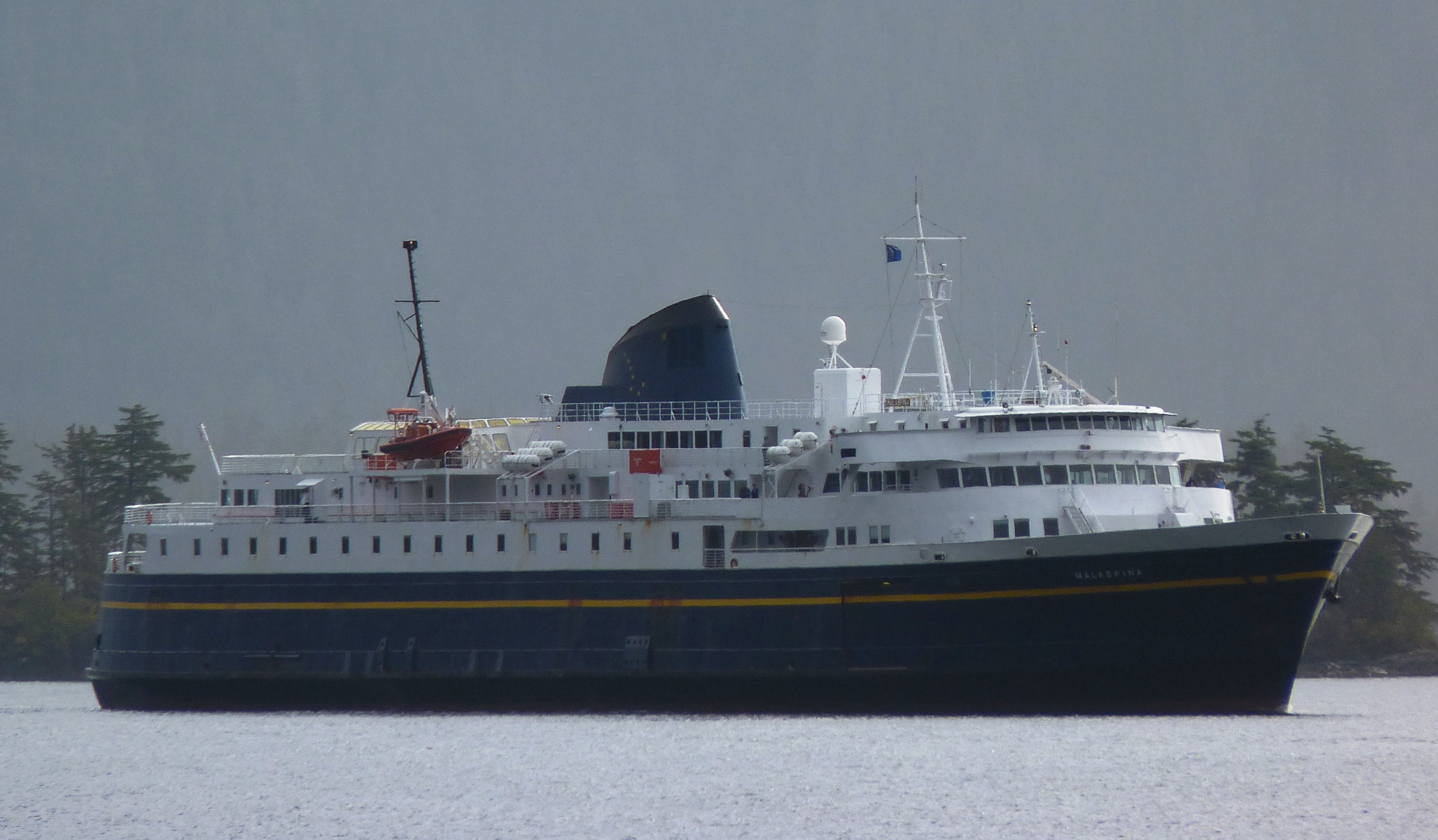Public meetings on Southeast Alaska transportation options begin Monday (Sept. 26). Some of the plans up for review would drastically change ferry service or increase road mileage in the region.
Imagine a ferry system with no service to the Lower-48 or across the Gulf of Alaska. How about where vessels operate until they wear out and aren’t replaced? Or one with an expanded highway system connected with shuttle ferries but no mainliners.

Those are among the six options proposed for the Southeast Alaska Transportation Plan. They will be presented and discussed in about a dozen public meetings over the next month in the region’s main cities. (A wrap-up of the options is posted at the bottom of this page.)
Transportation Department Southeast Planning Chief Andy Hughes says it’s an important part of preparing for the future.
“Some alternatives reduce existing excess vehicle deck capacity. Some increase reliance on roads over longer ferry routes. Some focus on comfort over service, and others service over comfort,” he says.
Hughes says ferries carry about 43 percent of traffic within the region, and planes carry the rest.
But only about 8 percent of travel to Seattle is via the ferry. And only about two percent of cross-gulf travelers use the marine highway.
“Looking at those figures we kind of have to ask ourselves how important is it to the residents of Southeast Alaska to improve and retain some of those ferry links versus improving the frequency of service between communities within the region,” he says.
So one of the options eliminates Bellingham and Whittier sailings. Another replaces several mainliners with smaller Alaska Class Ferries, which lack staterooms.
Another calls for no major changes or improvements, which would be an issue for older ships.
“As one of those vessels reaches a point of a failure, to the point where it’s too expensive for us to deal with it, that vessel ceases to be serviceable, the system contracts and the level of service we offer within and between regions declines,” he says.

Another option maintains what’s there now, keeping ferries, roads and airports about the same. Yet another changes ferry schedules based on ridership history.
All, except the no-action alternative, cost a lot of money – from $1.5 billion to $2.2 billion – over the next 20 years.
That’s a problem, because the plan estimates the region will only have a third, to less than a quarter, of those totals for transportation projects over the same time period.
Hughes says it makes sense to plan beyond what’s affordable.
“We need to have a program that also exceeds what our target is just so we’re in line to compete successfully for the available funding opportunities as they arise,” he says.
But in reality, federal dollars – a large part of road-and-ferry funding – could shrink instead of grow for at least part of that time.
The first meeting is in Juneau. The last one is in Angoon. Details are on the Department of Transportation’s Southeast Region website.
SATP MEETING SCHEDULE
DATE, LOCATION, TIME: OPEN HOUSE ,TIME: PUBLIC MEETING
Sept 26 Juneau Centennial Hall, Hickel Room 5:30-6:30 pm 6:30-8:30 pm
Sept 28 Gustavus City Hall 5:30-6:30 pm 6:30-8:30 pm
Oct 4 Yakutat High School Auditorium 5:30-6:30 pm 6:30-8:30 pm
Oct 5 Skagway Assembly Chambers 5:30-6:30 pm 6:30-8:30 pm
Oct 6 Haines Assembly Chambers 5:30-6:30 pm 6:30-8:30 pm
Oct 6 Hoonah City Hall 5:30-6:30 pm 6:30-8:30 pm
Oct 11 Ketchikan Ted Ferry Civic Center 5:30-6:30 pm 6:30-8:30 pm
Oct 11 Kake Council Chambers 5:30-6:30 pm 6:30-8:30 pm
Oct 12 Craig City Hall 5:30-6:30 pm 6:30-8:30 pm
Oct 18 Wrangell Nolan Center 5:30-6:30 pm 6:30-8:30 pm
Oct 19 Sitka Centennial Hall, Maksoutoff Rm 5:30-6:30 pm 6:30-8:30 pm
Oct 20 Petersburg City Council Chambers 5:30-6:30 pm 6:30-8:30 pm
Oct 24 Angoon Senior Center 10:45-11:45 am 12:30-1:45 pm
THE SIX PRELIMINARY ALTERNATIVES
- Maintain the Existing System: Identifies the costs to maintain the existing ferry system. It is thus a “baseline” alternative against which other alternatives are compared.
- Fleet Capacity Management: Identifies the costs, benefits, and impacts to manage fleet capacity in a way that more closely matches current and projected future traffic demand.
- Maximize Use of Existing Roads: Identifies the costs, benefits, and impacts of discontinuing ferry service to Bellingham and across the Gulf of Alaska, including Yakutat.
- Alaska Class Ferries: Identifies the costs, benefits and impacts to replace the three aged mainline ferries with three 350 foot “Alaska Class” ferries and a new mainline ferry.
- Highway Route 7: Identifies the costs, benefits, and impacts of replacing the existing mainline ferry system with a system based on road segments connected by shuttle ferries.
- No Action: Evaluates what happens to the transportation system if no action occurs to replace the three aged mainline ferries.
